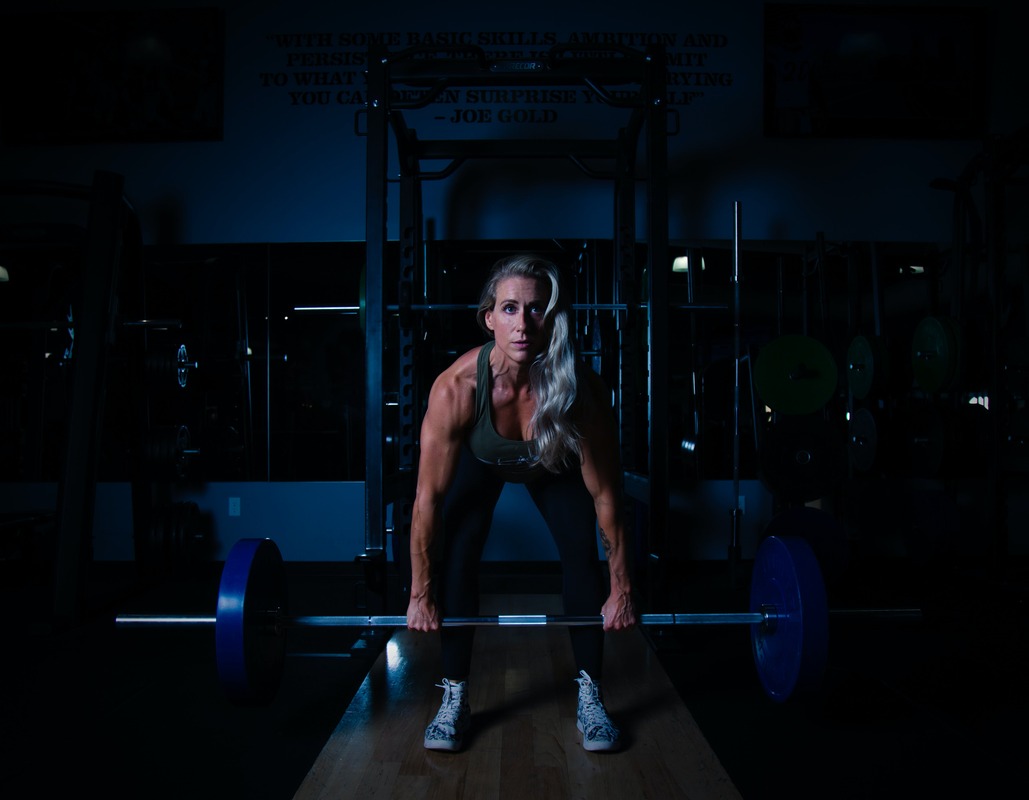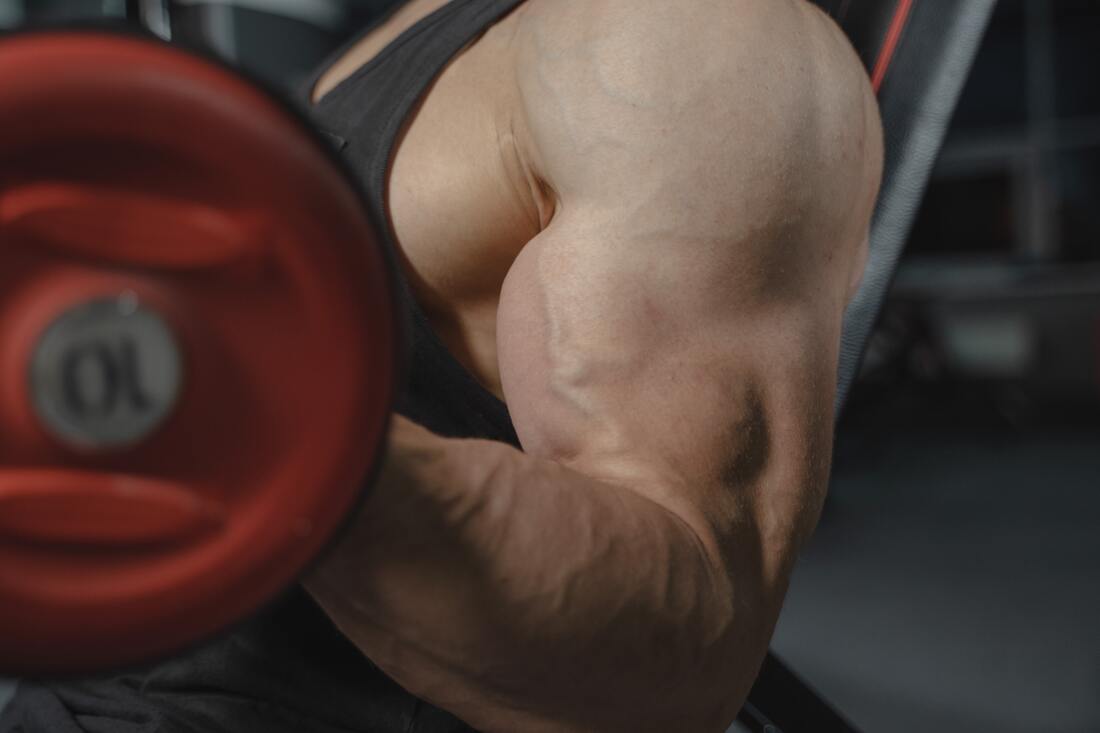Exercise to stimulate, not to annihilate. The world wasn’t formed in a day, and neither were we. Set small goals and build upon them. The start of the year is an exciting time for fitness.
You may be super motivated right now, which is fantastic. There’s no better mental place to get started! But are your habits up to the task? Fat loss and muscle gain are often oversimplified as a matter of calories, protein, and resistance training. While these are fundamental components of the physique development process, fat loss and muscle-building phases require a lot more if you want to get the best results possible. That’s why, when I take on a new client, I don’t plunge them into a deficit or a surplus on Day 1. This approach could do them more harm than good if they didn’t have certain key habits in place, which I help them develop over the initial weeks of coaching. Some of these habits are always a priority, whereas others are more important in a deficit and less so in a surplus, or vice versa. Let’s start with the habits that are always a priority, no matter the phase.
0 Comments
The resistance that you fight physically in the gym and the resistance that you fight in life can only build a strong character. A double mastectomy, colloquially known as “top surgery”, can be one of the most life-changing experiences for a gender-diverse individual who was assigned female at birth.
Since the beginning of my coaching career, I’ve had the honour of helping multiple clients prepare for this procedure and safely return to training once recovered. In this article, I’m going to share training and nutrition practices to create a sustainable and effective top surgery prep plan that I’ve been learning, perfecting, and developing for years. So, if your top surgery is coming up, read on. Sleep is that golden chain that ties health and our bodies together. I’m sure this will come as a shock, but, when you don’t sleep well, life sucks.
What you may not know and what’s worse by far (let’s get our priorities straight here), is that your gains will suffer. You could have the best training program and diet in the world, but, if your sleep is inadequate, you’re going to struggle with:
Yes, that’s basically everything. Fortunately, improving sleep is easy, cheap, and more anabolic than expensive supplements, pre-workout formulas, and other less useful yet “sexier” fitness tools. So don’t sleep on this low-hanging fruit. (See what I did there?) Keep reading for a comprehensive guide on:
Let’s delve into it. Most people fail not because of a lack of desire but because of a lack of commitment. Updated in October 2023.
Should you cut or bulk first? A dilemma we’ve all faced at least once. You may be wondering, “Am I lean enough to bulk? Or should I cut first and bulk later?” This indecision is holding you back from making any progress at all in either direction. I’ve been there. Three years ago, I spent six months stagnating because I couldn’t commit to a bulk, but I also didn’t want to cut again because I’d just finished one such phase. This article is going to spare you all of that and take you through a thought process to help you make the best decision to attain the physique you want. This thought process includes the following assessments:
If you haven’t already, complete a Kickstart Phase first to prime yourself for either bulking or cutting, then come back to this post and dive in. |
Nikias TomasielloWelcome to my blog. I’m an online fitness coach with a passion for bodybuilding, fantasy, and bread. Want to work with me? Check out my services!Archives
May 2024
Tags
All
|
Follow me on social media |
Get in touch |
© 2018-2023 Veronica Tomasiello, known as Nikias Tomasiello – All rights reserved






 RSS Feed
RSS Feed